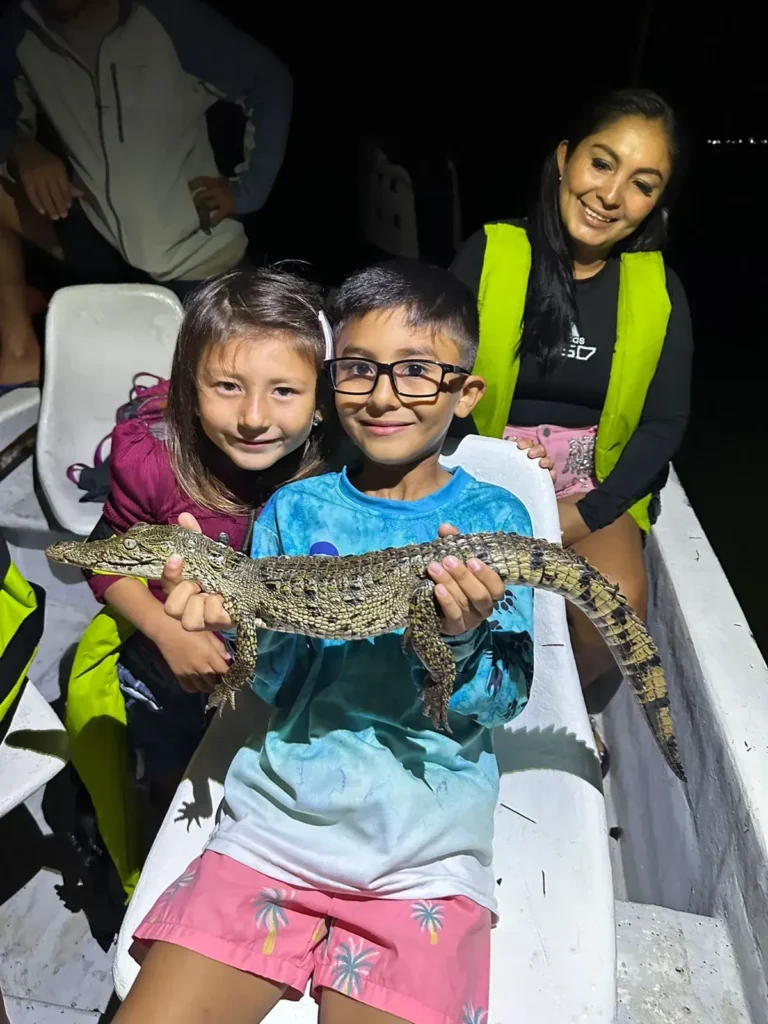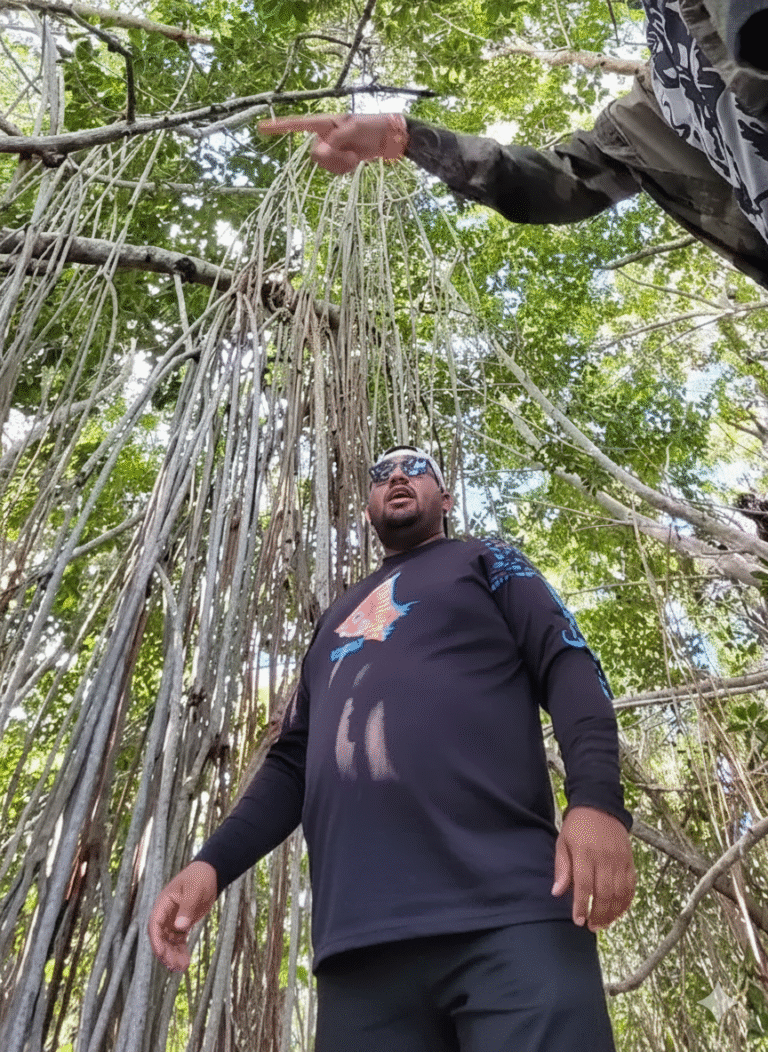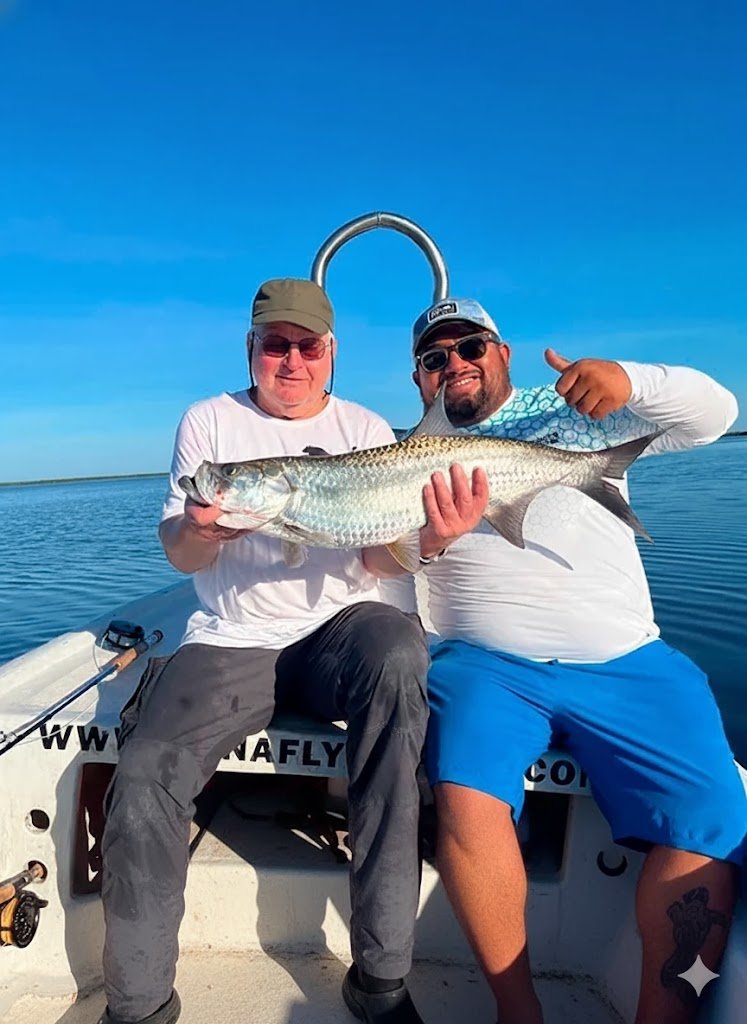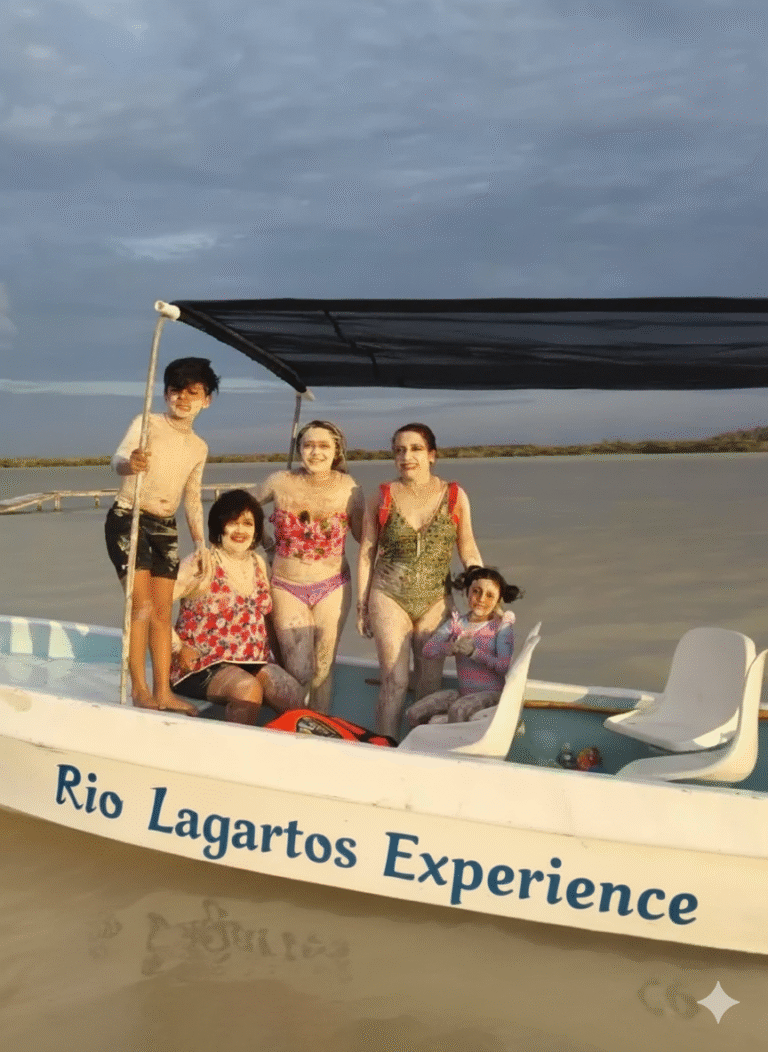When one hears “Ría Lagartos,” the mind immediately jumps to an image: thousands of flamingos painting the horizon a deep pink. And although that spectacle is, without a doubt, one of Mexico’s natural wonders, it is merely the first chapter of a much deeper and more complex story of biodiversity. We, at Rio Lagartos Experiences, have dedicated our lives to navigating and understanding this place. It’s not just a tourist destination; it’s one of the most crucial Biosphere Reserves on the peninsula, designated by UNESCO, and a wetland of international importance under the Ramsar convention. Here, fresh water from subterranean cenotes meets the salt water of the Gulf of Mexico, creating a mangrove estuary that is a cradle of life. We want to take you beyond the postcard photo and show you the wildlife that depends on this ecosystem, as highlighted by the institutions that protect it, such as Mexico’s National Commission of Natural Protected Areas (CONANP). This is a guide to what you can find and, more importantly, how you can experience it through our expeditions designed for true nature lovers.
The Emblem of the Ría: The American Flamingo (Phoenicopterus Ruber) It’s impossible not to start with the icon. Ría Lagartos is home to the largest nesting colony of the Caribbean Flamingo in Mexico. What many don’t know is that their spectacular coloration is not innate; they acquire it. These waters are rich in a small crustacean called Artemia salina (brine shrimp), which in turn feeds on microalgae rich in carotenoids. By consuming these crustaceans, the flamingos assimilate the pigment, tinting their feathers. A pale flamingo is often a young one or one that has not fed well. How to experience it: Seeing them is easy, but observing them responsibly is key. Our guides on the Experience Tour will take you to the feeding areas by boat, maintaining the distance stipulated by CONANP to avoid interrupting their behavior. For those passionate about capturing the perfect moment, our Photographic Tour is designed with patience in mind. We give you 4 hours on a private boat, seeking the best light at sunrise or sunset and waiting for the birds to offer us their best angle.
A Global Sanctuary for Birds (Beyond the Pink) If you are a birdwatcher, Ría Lagartos is your paradise. The official list from CONABIO (National Commission for the Knowledge and Use of Biodiversity) for this area is astounding, with nearly 400 registered species. This ría is a vital point on the Mississippi Flyway, serving as a crucial resting and feeding area for thousands of birds traveling from Canada and the United States to South America. On our tours, we can spot:
- Majestic Residents: The elegant Roseate Spoonbill (Platalea ajaja), which filters water with its unique bill; the enigmatic Bare-throated Tiger Heron (Tigrisoma mexicanum), a master of camouflage; and the Boat-billed Heron (Cochlearius cochlearius) with its piercing eyes.
- Birds of Prey: The Osprey (Pandion haliaetus) is a common sighting, diving to catch fish with impressive precision.
- Migratory Giants: In winter, the ría fills with enormous flocks of American White Pelican (Pelecanus erythrorhynchos), which contrast with our resident Brown Pelican (Pelecanus occidentalis). How to experience it: For the casual visitor, the Naturelovers Tour offers a fantastic introduction to this diversity. But for the serious aficionado, our Birdwatching Tour is the only option. We depart at strategic times (early in the morning) with specialized guides who not only identify birds by their plumage, but also by their song, ensuring a sighting list that will exceed your expectations.
The Ancient Guardians: Crocodiles and Living Fossils The name “Ría Lagartos” (Alligator Estuary) is not a metaphor. This ecosystem is the territory of two crocodile species: the Morelet’s Crocodile (Crocodylus moreletii) and the American Crocodile (Crocodylus acutus). These apex predators are ecosystem engineers; their presence is an indicator of the ría’s health. During the day, it is common to see them basking on the banks to regulate their temperature. But the ría holds more secrets. Its waters are home to the Atlantic Horseshoe Crab (Limulus polyphemus). This arthropod is not a true crab, but a “living fossil” more closely related to spiders and scorpions, which has remained almost unchanged for 450 million years. How to experience it: Seeing a crocodile by day is impressive. Finding one at night is a transformative experience. Our Nocturnal Crocodile Tour is an unparalleled adventure. We navigate the ría in the dark, searching with flashlights for the red glow of their eyes (an effect called tapetum lucidum). It is an expedition that sharpens all your senses, where you can also witness bioluminescence in the water and a starry sky like few have ever seen.
Why the Experience Matters: The Riolagartos Experiences Seal Ría Lagartos is a protected treasure. Visiting it comes with a responsibility. We are not a simple tour company; we are interpreters of nature and partners in conservation. Choosing Riolagartos Experiences means choosing:
- Certified Local Guides: We were born here. We know the tide cycles, the winds, and the secret places that only local experience can teach. We are certified and follow CONANP guidelines.
- Responsible Tourism: We never harass the wildlife. We practice passive observation, ensuring our presence does not alter the animals’ natural behavior.
- Real Experiences: We don’t just take you to see; we take you to understand. We will explain why the mangrove is vital, how “Las Coloradas” are formed, and the role each species plays. Don’t settle for a superficial visit to this sanctuary. Allow us to show you the Ría Lagartos that we love and protect. Visit our official Ría Lagartos Tours page and book an expedition you will remember forever. Institutional References For those interested in delving deeper into the scientific importance of this area, we recommend consulting the official sources:
- CONANP (National Commission of Natural Protected Areas): Fact sheet and Management Program for the Ría Lagartos Biosphere Reserve. Details priority species and conservation rules. Web reference:
https://www.gob.mx/conanp(See the Protected Areas section). - UNESCO (United Nations Educational, Scientific and Cultural Organization): Directory of the “Man and the Biosphere” (MAB) Programme, where Ría Lagartos was designated as a Biosphere Reserve in 1986. Web reference:
https://en.unesco.org/biosphere/lac/ria-lagartos - Ramsar (The Convention on Wetlands): Information Sheet for Ramsar Site No. 333 “Reserva de la Biósfera Ría Lagartos,” highlighting its international value as a habitat for waterfowl. Web reference:
https://rsis.ramsar.org/ris/333 - CONABIO (National Commission for the Knowledge and Use of Biodiversity): Platforms like EncicloVida and AverAves, where you can consult the registered species lists for the Ría Lagartos region. Web reference:
https://enciclovida.mx/




